mrboontastic
TPF Noob!
- Joined
- Jan 12, 2006
- Messages
- 20
- Reaction score
- 0
Hi all
Im New to this site and pretty new to Photography so please go easy if the question im about to ask is daft or stupid.
Here goes. I am going on my anual snowboard holiday to france on the 5th Feb. I have always been int o photography but only recently bought myself a propper camera. I have been reading a few books and looking on the internet and have read that when photographing snow scenes I need to take a general meeter reading and then increase this by two stop so that my picture will not come out grey. Doues this meen that my F-stops want to be going up in number making my apertur smaller or down in number making my aperture larger. Say it I meter at F5.6 does this mean that I need to go the 2.3 way or the 9 and higher way.
Also I will be shooting 35mm slide film and I have heard that I can buy a roll of whatever speed film and push or pull the whole roll. If I buy a 50iso film do I want to bump this up to say 200iso (is that two stops). Or if I buy a 200iso roll do I want to take this down to 50iso in order to get the correct exposure.
Phhheeeewww, glad thats over. Once again sorry if I have totally confused everyone, or anoyed anyone with a dumb question. Any help would be greatly appreciated
Anyway thanks in advance.
By for now
Im New to this site and pretty new to Photography so please go easy if the question im about to ask is daft or stupid.
Here goes. I am going on my anual snowboard holiday to france on the 5th Feb. I have always been int o photography but only recently bought myself a propper camera. I have been reading a few books and looking on the internet and have read that when photographing snow scenes I need to take a general meeter reading and then increase this by two stop so that my picture will not come out grey. Doues this meen that my F-stops want to be going up in number making my apertur smaller or down in number making my aperture larger. Say it I meter at F5.6 does this mean that I need to go the 2.3 way or the 9 and higher way.
Also I will be shooting 35mm slide film and I have heard that I can buy a roll of whatever speed film and push or pull the whole roll. If I buy a 50iso film do I want to bump this up to say 200iso (is that two stops). Or if I buy a 200iso roll do I want to take this down to 50iso in order to get the correct exposure.
Phhheeeewww, glad thats over. Once again sorry if I have totally confused everyone, or anoyed anyone with a dumb question. Any help would be greatly appreciated
Anyway thanks in advance.
By for now


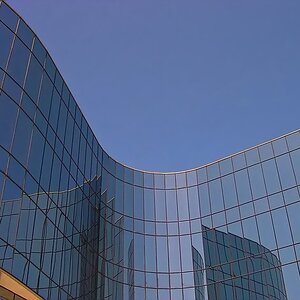
![[No title]](/data/xfmg/thumbnail/32/32179-99b00fe3df8a5ed7303ced76980128fd.jpg?1619735235)
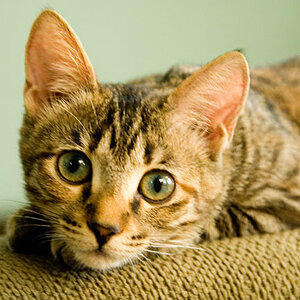
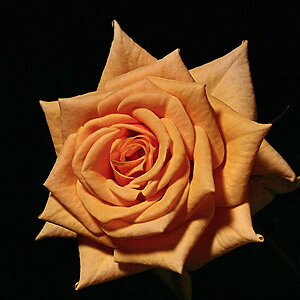
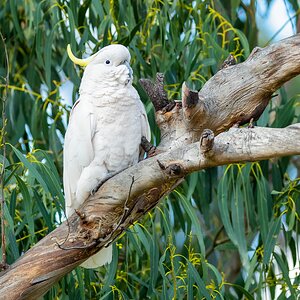
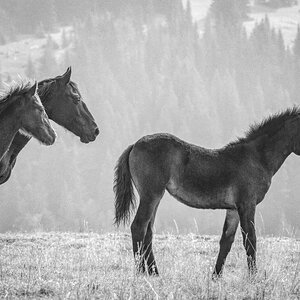
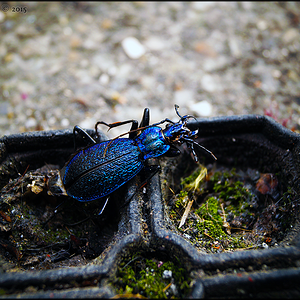
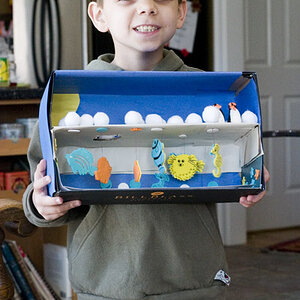
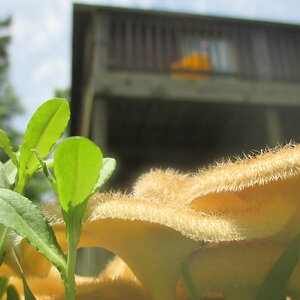
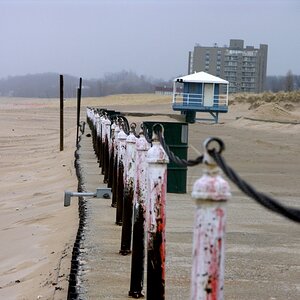
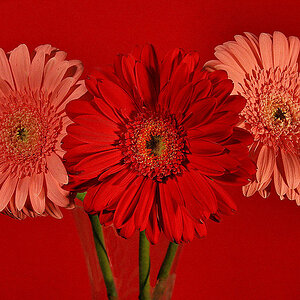
![[No title]](/data/xfmg/thumbnail/31/31980-e5048a424621c7b3cd0d306d63c09d67.jpg?1619735137)